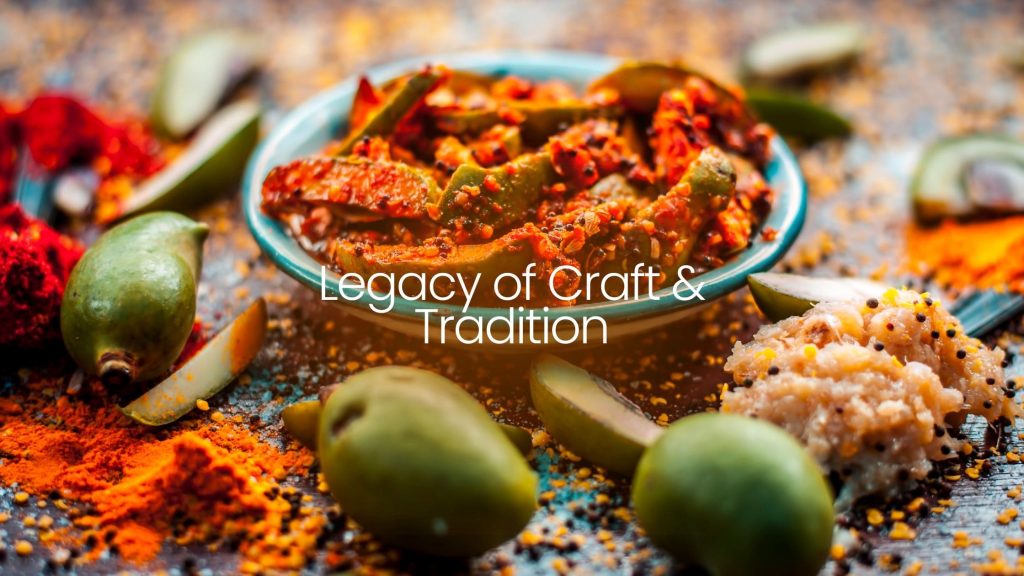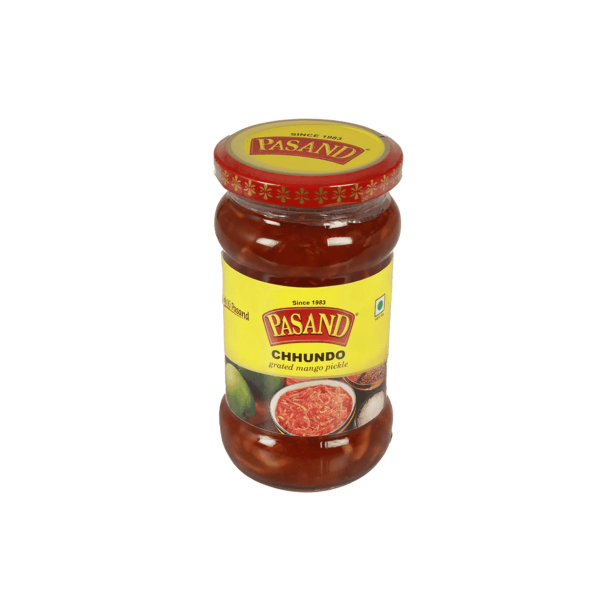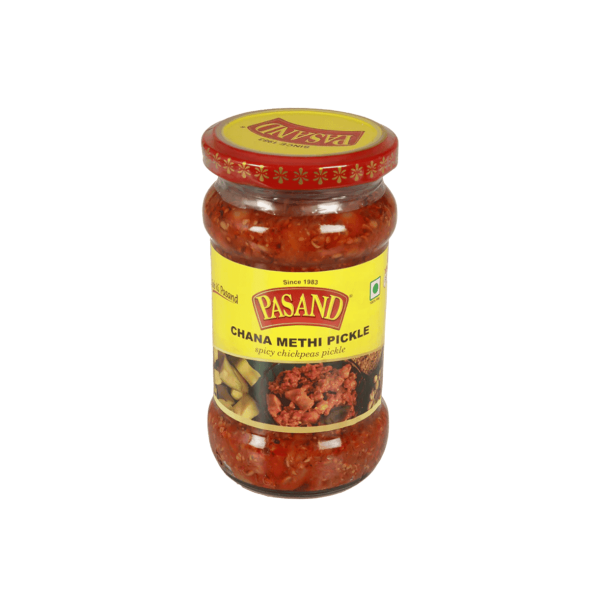Gujarati pickles are a popular Indian dish made from various vegetables and fruits, making them a staple in Gujarati thaali. Traditional Gujarati meal is never complete without a Kathiyawadi red chilli pickle or the Karonda pickle. The taste and the aroma of these delightful pickles, lingeres in the mind and mouth of the Gujarathi’s for long time. Gujarati pickle are made based on seasonal availability, with mangoes being a popular choice.
Indian pickling methods use oil instead of vinegar, and the fruit’s peak summer heat makes homemade pickles popular. The pickles are irresistible, with the sweetness of sugar and salt, warmed by sunlight, making them a staple in the subcontinent. Gujarati thaali meal is never complete without pickle as a side dish.
This ancient method of pickling, which has been passed down through the generations, involves preserving seasonal fruits and vegetables with a mixture of flavorful spices and oils.
Absolutely! Preserving the craft and tradition of pickling traditional Gujarati pickles is essential for maintaining cultural heritage and passing down culinary knowledge to future generations.

Here are a few reasons why it’s important to preserve this tradition:
- Cultural Heritage: Traditional Gujarati pickles are an integral part of the region’s culinary heritage. They reflect the unique flavors, ingredients, and techniques that have been passed down through generations. Preserving these pickling traditions helps to safeguard and celebrate Gujarati culture.
- Connection to the Land: Many traditional Gujarati pickles are made using locally sourced ingredients that are abundant in the region. By preserving these pickling traditions, we maintain a connection to the land and the seasonal rhythms of nature.
- Community and Family Bonding: Making traditional pickles is often a communal activity that brings families and communities together. It provides an opportunity for sharing knowledge, passing down recipes, and strengthening bonds between generations.
- Health Benefits: Traditional pickling methods often rely on natural fermentation and preservation techniques, which can have health benefits such as promoting gut health and increasing the bioavailability of nutrients. Preserving these methods ensures that people can continue to enjoy the health benefits of traditional pickles.
- Flavor and Quality: Traditional pickling methods are known for producing pickles with rich, complex flavors and textures. By preserving these methods, we ensure that future generations can continue to enjoy the authentic taste of traditional Gujarati pickles.

Gujarati pickles, with their unique blend of flavors and textures, are more than just a condiment; they are a testament to the rich cultural heritage of Gujarat. Pickling, a deep-rooted tradition, is a delicate art that requires skill, patience, and a deep understanding of ingredients. By preserving this craft, we not only ensure the continuity of our culinary traditions but also contribute to the preservation of a valuable piece of our cultural identity. Let us cherish and celebrate the art of pickling traditional Gujarati pickles, and pass this legacy on to future generations.
Overall, preserving the craft and tradition of pickling traditional home made Gujarati pickles is essential for maintaining cultural identity, promoting community bonding, and ensuring the continued enjoyment of delicious, flavorful pickles for generations to come.








Leave a Reply
You must be logged in to post a comment.